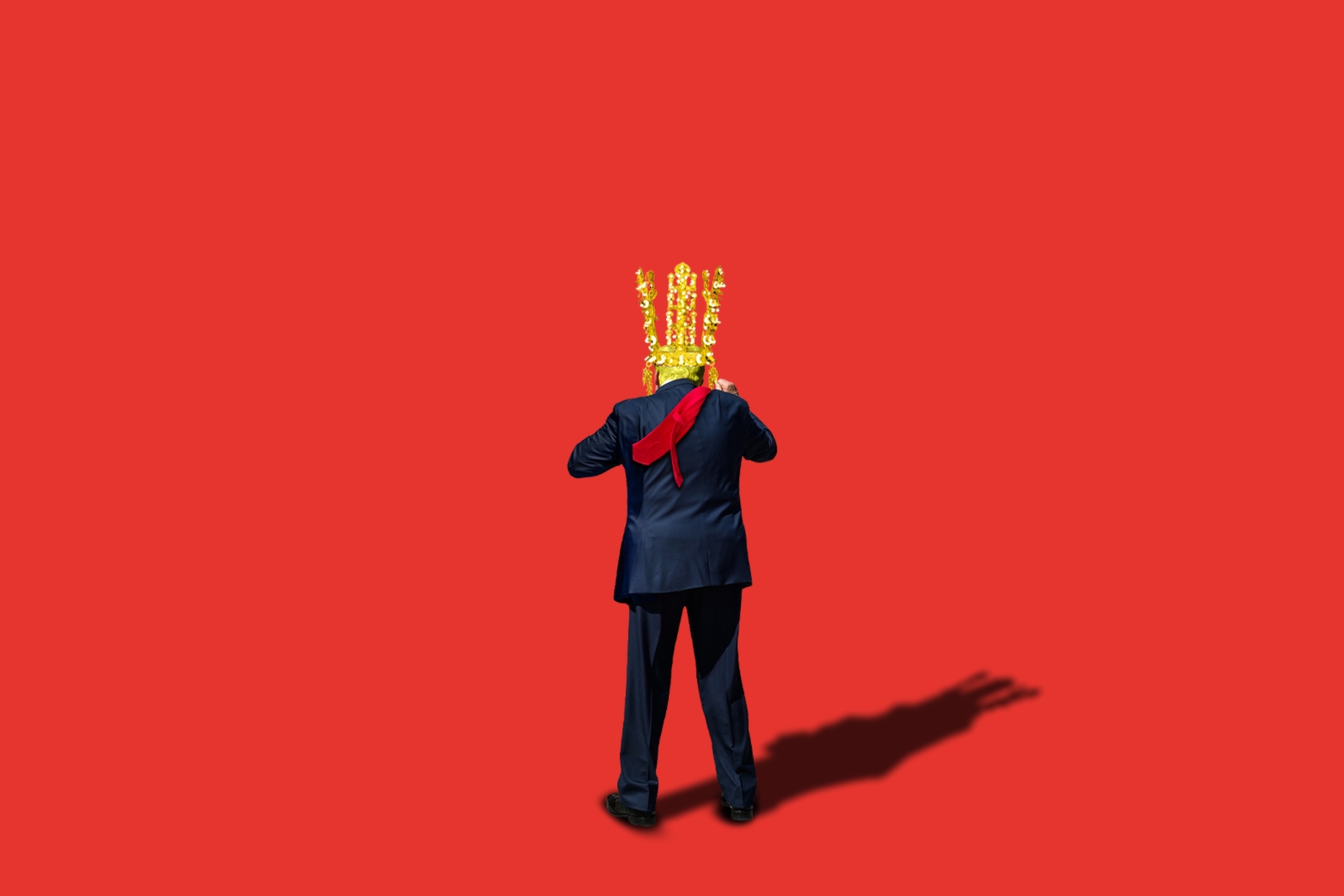
Trump’s Asia Spectacle Ends in Weakness
President Donald Trump’s whirlwind Asia tour was sold as a masterstroke of deal-making — a five-day sprint to reel in trillions, cool flashpoints, and stare down China. The reality was smaller and more familiar: a search for applause wrapped in pageantry, padded with concessions, and devoid of strategic gain. Allies handed out medals and inflated “commitments” to stay out of his tariff crosshairs. Beijing offered token gestures while tightening its grip on the region. And while Trump posed with crowns and golf clubs, a government shutdown back home was cutting off food assistance for 42 million Americans — even as he plotted his 76th golf outing at a cost of $60 million to taxpayers.
This wasn’t leadership. It was the performance of leadership — and it exposed how brittle bully diplomacy looks in a multipolar world.
The trip opened in Kuala Lumpur, host of the ASEAN summit, where Trump cast himself as Southeast Asia’s fixer. He presided over the so-called “Kuala Lumpur Peace Accord,” a shaky ceasefire between Thailand and Cambodia over their century-old dispute at the Preah Vihear temple. Summer skirmishes had killed dozens; Trump now claims he forced a settlement with trade threats. Bangkok, more cautiously, calls it “a pathway to peace.” There were no U.S. guarantees, no demilitarized zone, no joint patrols — just a staged photo op already fraying as border patrols resume.
Worse, the moment highlighted what the president ignored: ASEAN’s structural paralysis. The 10-nation bloc, chaired this year by Malaysia, still operates by hard-wired consensus, a non-interference creed that now functions as a veto on seriousness. Myanmar’s junta continues to kill civilians; the vaunted 2021 five-point consensus is effectively dead, with sham elections penciled in for 2025 and resistance forces still gaining ground. In the South China Sea, China rams Philippine vessels and builds illegal islands, yet Cambodia and Laos block any collective rebuke after years of Chinese money. Vietnam and the Philippines want action; Indonesia hedges. The result? Two decades of “code of conduct” talks with no enforcement.
This is precisely where a U.S. president could have mounted a counterweight — security cooperation with teeth, supply-chain and minerals strategies to dilute China’s monopoly, genuine multilateral ballast. Instead, Trump chose spectacle over substance, leaving ASEAN looking weaker, more divided, and even more exposed to Beijing.
Japan rolled out $550 billion in “commitments”: AI chips, shipyards, reactors. Prime Minister Sanae Takaichi sweetened it with Shinzo Abe’s old golf clubs and even floated a Nobel nod. In Busan, South Korea’s President Yoon draped Trump in a ceremonial crown — the country’s highest honor — alongside $200 billion in hazy “investments” and Boeing purchases. Tariffs on Korean steel dropped from 25 to 15 percent.
But these weren’t real deals; they were protection payments. Japan and South Korea — export powers with roughly 40 percent of their trade tied to the U.S. market — offered frameworks, not money. Critical minerals remain about 90 percent controlled by China. Trump collected the trophies; the United States collected IOUs.
The trip’s supposed apex was Trump’s sideline huddle with Xi Jinping in a Busan military hall — a meeting that conveniently let Trump skip the full APEC summit Xi effectively dominated. Trump declared it a “12 out of 10” triumph. The actual scorecard was lopsided, and not in Washington’s favor.
U.S. concessions included an immediate cut in tariffs on fentanyl precursors from 20 to 10 percent, bringing average duties on Chinese goods down to 47 percent, plus a freeze on new levies for a year. China, for its part, offered only a one-year “suspension” of rare-earth export controls, a resumption of soybean purchases, and vague nods at buying more U.S. energy. There was no durable mechanism to address fentanyl deaths devastating red states. No serious curb on IP theft that costs the U.S. an estimated $500 billion annually. No rollback of subsidies powering Huawei, EVs, and other strategic industries. No Taiwan assurances.
Call it Phase One 2.0: short-term relief for farmers, long-term vulnerability for American manufacturers. Beijing gets time to stockpile, diversify, and sharpen its supply-chain leverage. Even Atlantic Council analysts frame it as “easing tensions” without touching the hard problems of technology and security. Xi talks multilateralism; Trump tweets bravado. Beijing smiles and prepares the next squeeze.
Headlines may trumpet “trillions,” but what exists on paper are non-binding MOUs, not wired funds. North Korea? Unaddressed. Chinese maritime aggression? Unchecked. Belt and Road debt traps? Still expanding. ASEAN even managed to upgrade its trade pact with China, while U.S. prestige took a hit from an ally who threatens, then folds.
All of this played out as Malaysians cheered, Xi smirked, and Senate Democrats begged the White House to end a shutdown that is starving SNAP recipients. Trump’s answer: label them “crazed lunatics,” then head to Mar-a-Lago.
Trump’s Asia swing did not make America great. It revealed a president repeatedly outmaneuvered by institutions, outplayed by Xi, and out of step with allies’ real fears. ASEAN drifts. China advances. What’s needed now is actual strategy — coalitions, rules, shared leverage — not solo bluster and souvenir diplomacy. Otherwise, the parade continues, right over the edge.
